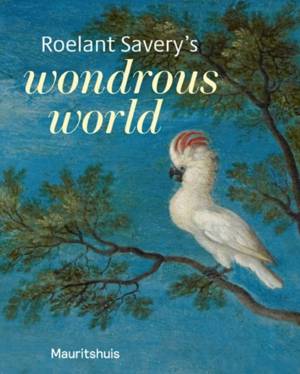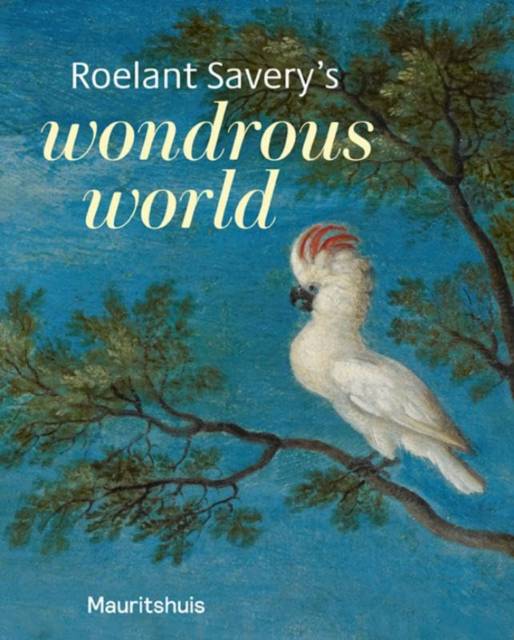
- Afhalen na 1 uur in een winkel met voorraad
- Gratis thuislevering in België vanaf € 30
- Ruim aanbod met 7 miljoen producten
- Afhalen na 1 uur in een winkel met voorraad
- Gratis thuislevering in België vanaf € 30
- Ruim aanbod met 7 miljoen producten
Zoeken
Omschrijving
Roelant Savery (1578-1639) was among the large group of Flemish artists who arrived in the Northern Netherlands around 1600, during the Eighty Years' War. There, they were at the cradle of the great flowering of art in the 17th century. Savery was a highly versatile draughtsman and painter, specializing in landscapes, animal scenes and flower still lifes. With encyclopaedic precision, he depicted countless different species: animals, flowers but also people from various regions, from Bohemian peasants to Jewish believers in the synagogue. Savery became the painter of the extinct dodo from Mauritius. For more than a decade, Savery worked in the service of the Habsburg emperor Rudolf II in Prague, who sent him out to capture the landscapes and people of his empire. Coming from the Low Countries, the waterfalls in the Alps must have made a deep impression on the artist. After returning to the Netherlands, Roelant Savery settled in Utrecht, where he created a garden with precious flowers and plants behind his house. This way, he did not have to leave home to find inspiration for his flower still lifes.
Specificaties
Betrokkenen
- Auteur(s):
- Uitgeverij:
Inhoud
- Aantal bladzijden:
- 160
- Taal:
- Engels
Eigenschappen
- Productcode (EAN):
- 9789462625228
- Verschijningsdatum:
- 26/07/2024
- Uitvoering:
- Paperback
- Formaat:
- Trade paperback (VS)
- Afmetingen:
- 208 mm x 259 mm
- Gewicht:
- 498 g

Alleen bij Standaard Boekhandel
+ 53 punten op je klantenkaart van Standaard Boekhandel
Beoordelingen
We publiceren alleen reviews die voldoen aan de voorwaarden voor reviews. Bekijk onze voorwaarden voor reviews.











